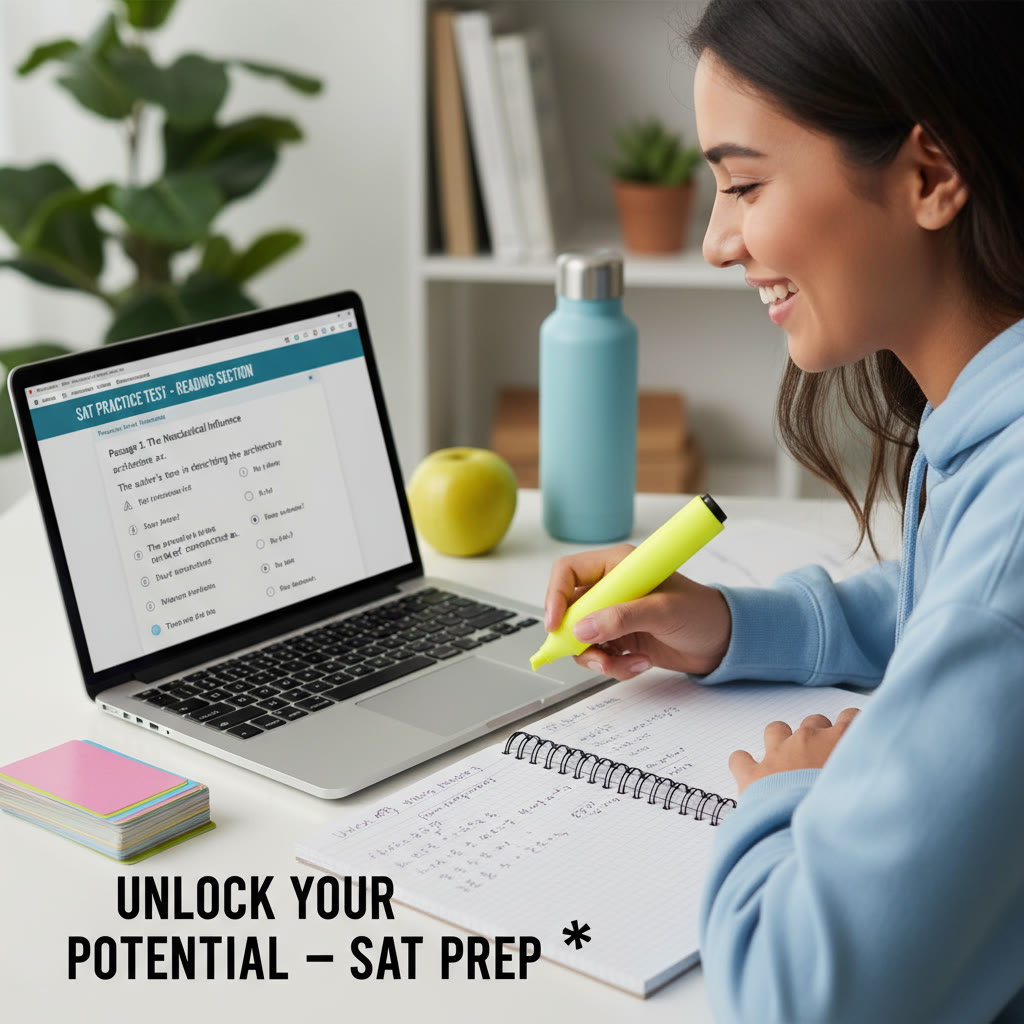Introduction: Why the SAT Still Matters for UConn Applicants
Applying to the University of Connecticut (UConn) can feel like both an exciting next step and a high-stakes puzzle. One common question parents and students ask is: “Do I need to send SAT scores?” The short, practical answer is: UConn considers SAT scores if you submit them, and they can strengthen an application when paired with strong grades and activities. But the full picture is richer — and that’s what this guide is for.

Overview of UConn’s Approach to Test Scores
UConn uses a holistic review for admissions: academic record, rigor of coursework, extracurriculars, essays, letters of recommendation (if applicable), and — when provided — standardized test scores. Rather than being a strict gatekeeper, SAT scores are a component that can help demonstrate readiness for college-level work and may be used for placement or scholarship considerations.
What that means practically: if you have solid or above-average SAT results, sending them usually helps. If your scores fall below your academic profile, you can choose not to submit them. Because UConn’s published profile often shows an ACT range more clearly than SAT ranges, many families pair SAT research with ACT results, GPA trends, and a thoughtful application strategy.
Should You Submit Your SAT Scores to UConn?
This is the heart of the decision for many applicants. Here are clear situations to help you decide.
Submit your scores if:
- Your SAT is at or above the median for admitted students in selective majors.
- You want to be considered for merit scholarships that explicitly use test scores.
- Your grades are strong but come from a school with lower average curriculum strength, and you want to show academic readiness.
Consider withholding scores if:
- Your SAT score is significantly below the rest of your application (GPA, coursework, extracurricular leadership).
- You believe your application tells a stronger story without scores — for instance, a rising GPA, unique talents, or compelling personal circumstances.
Ultimately, the decision should be strategic: treat scores as a supplement, not the sole determinant.
Understanding Score Choice and Superscoring
When you take the Digital SAT, you can choose which test dates to send to colleges through Score Choice. Some students prefer to send only their best sitting. UConn, like many universities, evaluates the scores you submit as part of the larger application file. While policies on superscoring vary across colleges, it’s smart to aim for your best single-date performance and, if using multiple dates, make sure the combination you send reflects your strongest performance.
Typical SAT-Related Timelines and Deadlines for UConn Applicants
Timing matters. UConn’s application cycle has key submission dates, and missing them can affect scholarship consideration or admission rounds.
- Early Decision / Early Action: If you apply early, plan to have your SAT scores ready before the application deadline so the admissions committee can include them in your file.
- Regular Decision: Aim to complete testing no later than the fall of your senior year — ideally by early winter test dates — to allow time for score reports.
- Score Reporting: Give yourself at least 2–3 weeks after test day for processing, plus extra time if you use free score sends tied to test-day selection.
How UConn Uses SAT Scores: Admissions, Placement, and Scholarships
There are three practical ways UConn might use the SAT:
- Admissions evaluation: Scores can confirm academic preparedness when combined with GPA and coursework.
- Course placement: Good scores (especially in Math and Evidence-Based Reading & Writing) can influence placement decisions or allow you to test out of certain introductory classes.
- Scholarship eligibility: Some merit awards may consider standardized test results as part of their criteria; submitting a strong score could open additional funding opportunities.
Example scenarios
- A student with a 3.9 GPA and a mid-range SAT sends a high Math score, which helps them place into a higher-level calculus course in their first semester.
- A student with leadership in robotics and an SAT that aligns with the college’s expectations submits scores and becomes a stronger candidate for a merit award tied to STEM performance.
What Makes a Competitive Application at UConn?
While SAT scores are part of the picture, UConn looks for students who demonstrate academic seriousness and fit. Here are the practical pieces to build:
- Rigor of curriculum: Honors, AP, IB, or dual-enrollment courses when available.
- Consistent or upward GPA trend: Colleges notice growth and resilience.
- Meaningful extracurriculars: Depth matters more than breadth — leadership and sustained commitment stand out.
- Strong essays that reveal character and clear reasons for choosing UConn.
- Letters of recommendation, when applicable, that highlight academic potential and personal strengths.
Table: How to Weigh SAT Submissions Based on Your Profile
| Student Profile | Recommended SAT Strategy | Why |
|---|---|---|
| High GPA (3.7+), Strong course rigor | Submit SAT if at or above college median; otherwise optional | High GPA already signals readiness; a strong SAT can add scholarship/placement advantages |
| Moderate GPA (3.3–3.7), rigorous coursework | Submit SAT if it strengthens academic consistency; consider targeted tutoring | Scores can reinforce potential if grades fluctuate |
| Low GPA (<3.3), exceptional extracurriculars or circumstances | Consider withholding if SAT similarly low; submit if score is strong | Scores may not offset weak GPA but a high SAT can demonstrate capability |
| Rising senior with upward trend | Retest early senior year; submit best score available | Shows momentum and improved readiness |
Preparing for the Digital SAT: Practical Tips for UConn Applicants
The SAT is now fully digital, with some differences in timing, question presentation, and tools. Preparation should be practical, test-specific, and tailored to your learning profile.
Study plan essentials
- Start with a diagnostic test to pinpoint strengths and weaknesses.
- Create a structured timeline: daily practice, weekly full sections, monthly full-length digital practice tests.
- Focus on question types that historically cause trouble: data interpretation, multi-step algebra, and evidence-based reading passages.
- Use official digital practice resources and timed platforms to simulate test conditions.
Test day strategy
- Learn the digital tools: highlighting, flagging questions, and on-screen calculators (when allowed).
- Practice pacing: some digital sections are shorter but expect rapid transitions.
- Rest and nutrition: a calm mind beats last-minute cramming every time.
How Personalized Tutoring Can Change the Game
A one-size-fits-all approach rarely works for high-achieving applicants aiming for selective programs. Personalized tutoring—like Sparkl’s 1-on-1 guidance—can provide tailored study plans, focused practice on your weakest question types, expert tutors who understand the digital format, and AI-driven insights to track progress over time.
Benefits you might notice quickly:
- Targeted improvement on specific skills (e.g., algebraic reasoning, chart interpretation).
- Learning efficient test strategies that save minutes across sections.
- Confidence-building through consistent feedback and measurable progress.
Common Parent Questions — Answered
1. “If my child’s school is competitive, should we push for SATs?”
Yes — especially if your child’s GPA is strong and they can realistically achieve a score that complements their academic record. For competitive majors, test scores can help placement and scholarship opportunities.
2. “How many times should my student take the SAT?”
Quality over quantity. Many students test 2–3 times: a baseline, one focused retake, and a final polishing sitting if needed. Use each test to learn and adjust study tactics rather than treating retakes as random attempts.
3. “Will test scores be used for Massachusetts or regional programs?”
Colleges may use scores for placement or scholarship eligibility; check the specific UConn scholarship pages and departmental requirements for nuances. Submitting a strong SAT can sometimes unlock additional financial aid or honors program consideration.
Putting It All Together: A Sample Action Plan for a Senior Applying to UConn
This one-page plan gives a practical checklist you can adapt for your timeline.
- August–September (Junior year end / Senior year start): Take a diagnostic digital SAT. Identify weak areas.
- October–November: Begin focused practice (45–60 minutes/day). Consider targeted tutoring for stubborn topics.
- December–January: Take a first official test. Review score report; adjust study plan.
- February–March: Retain momentum; take another focused test date if improvement is likely.
- April–October (Senior year): Finalize applications; decide whether to submit scores based on your best test.
Real-World Examples: Students Who Made Smart Choices
Example 1: Maya had a 3.8 weighted GPA and mixed test performance. After focused 1-on-1 tutoring to shore up reading timing and algebra fluency, she raised her Math score substantially and sent it to UConn. The score helped her place into a higher-level calculus course and she accepted a merit-based award that considered test results.
Example 2: Jordan’s GPA dipped in sophomore year due to family circumstances but rose to a 3.6. His SAT was average. He chose to emphasize essays and recommendations that explained growth and did not submit SAT scores; UConn accepted him into his major of choice based on his holistic story.
Frequently Overlooked Details
- Official score reporting windows: allow time for your digital score to be processed and delivered before deadlines.
- Placement vs. admission: a score can be helpful for course placement but is only one part of admissions.
- Scholarship calendars: some awards require earlier application or score submission to be considered.
Checklist Before You Hit “Send” on Your Application
- Are your transcripts and coursework listed and explained (AP, honors, dual enrollment)?
- Does your application narrative (essays) explain who you are beyond numbers?
- If you submit SAT scores, is the score reflective of your best, most recent capability?
- Have you applied for scholarships that consider test scores? If so, did you meet their timing?

Final Advice: Strategy, Calm, and One Small Advantage
Applying to UConn is a marathon, not a sprint. Test scores are tools — useful and often powerful, but not the only pathway. The most successful applicants plan early, practice strategically, and use supports that fit their learning style. Personalized tutoring — such as tailored 1-on-1 plans and expert guidance from services like Sparkl — can be the small advantage that converts potential into a measured, demonstrable outcome. Tutors help you target weaknesses, refine pacing, and present your strongest application to UConn.
Above all, balance matters: maintain your coursework, pursue activities that energize you, and give yourself the room to grow. Admissions officers want to see students who are ready for college and who’ll contribute to campus life — and that picture is painted by more than a single score.
Resources to Keep Handy
- Official practice options for the digital SAT — use official practice to simulate the test environment.
- UConn admissions calendar — track deadlines for early and regular decision.
- Scholarship and departmental pages — check for any score-related eligibility rules.
Parting Thought
Whether you submit SAT scores or not, your application to the University of Connecticut is the story you tell about your academic life, your potential, and your future. Use scores strategically to strengthen that story. If you or your student would benefit from focused, individualized help — especially with the particular demands of the digital SAT — consider a guided plan with experienced tutors who can help you maximize improvement and confidence. Good planning, steady practice, and clear choices will make the application process far less mysterious and far more manageable.
Wishing you calm study sessions, clear progress, and the best possible outcome when you apply to UConn.


















No Comments
Leave a comment Cancel